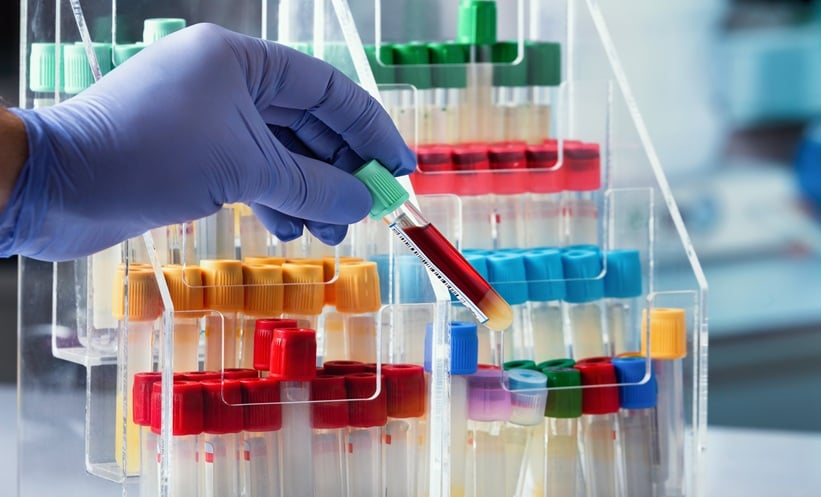Abstract
Sjögren’s syndrome (SjS) is a chronic, progressive, systemic, human autoimmune disease in which an auto-inflammatory process within the salivary and lacrimal glands results in loss of saliva and tear production, respectively. In-depth analyses of the autoimmune process in humans and animal models of SjS substantiates one of the more important pathoaetiological pathways: an increased level of glandular apoptosis and/or cell lysis. We have hypothesised that failure in clearance of dying cells by macrophages, dendritic cells, and neighbouring tissues results in a sustained innate inflammatory response that transitions to autoimmunity. Since the intrinsic inhibition of inflammation following phagocytosis of dying cells is a function of a family of three receptor tyrosine kinases (RTKs) known as the TAM (Tyro3, Axl, and Mertk), we put forward the following hypothesis: based on published information and analysis of our public microarray data, the failure of TAM RTK signalling, specifically in activating suppressor of cytokine signalling (SOCS) 1 and SOCS3 (which are inhibitors of immune responses), may lead to autoimmunity, and specifically, to SjS-like disease.
Please view the full content in the PDF above.








